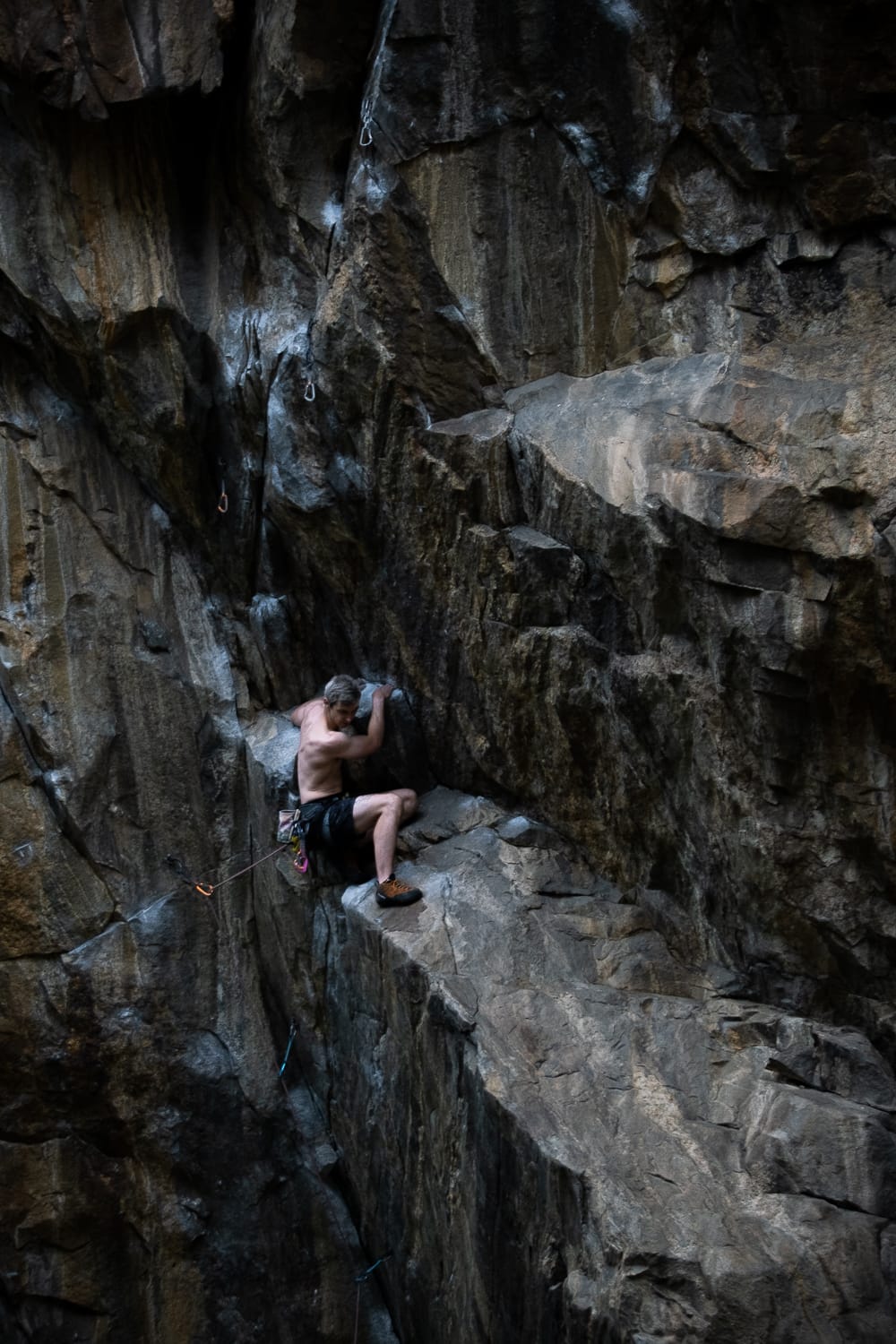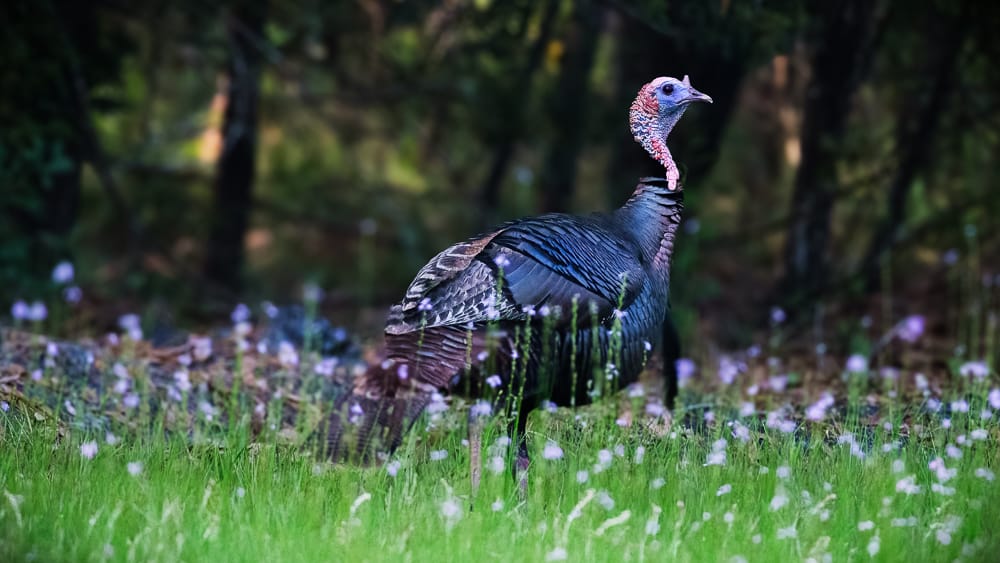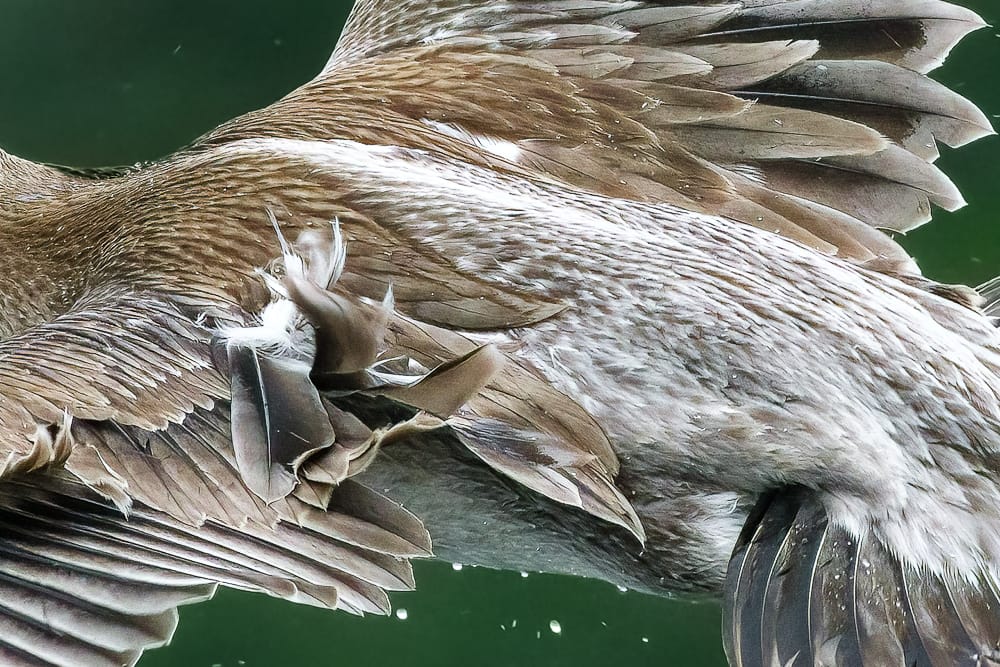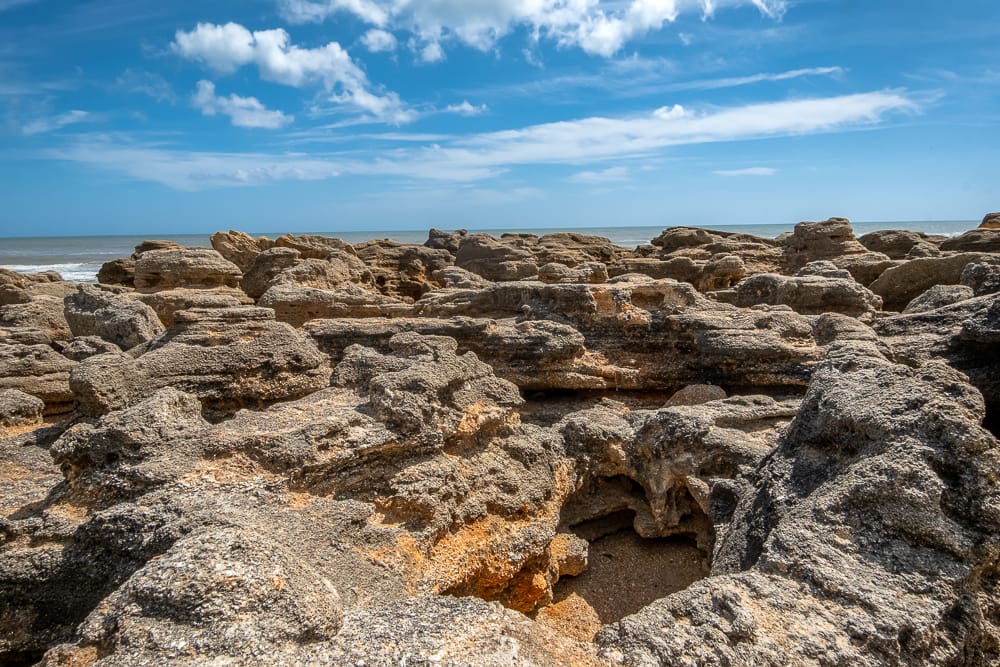
Oct 20 2025
No Kings II in Jacksonville, Florida: Why We're Marching
Trump’s administration is undermining democracy through executive overreach, censorship, and favoritism toward the wealthy, while cutting education, science, and healthcare, suppressing speech, abusing immigrants, and weakening checks, transparency, and institutional independence.
Donald Trump, convicted of 34 felony counts in New York and facing about 91 felony charges across four criminal cases involving election interference, classified documents, and obstruction of justice, leads an administration acting in ways that undermine democratic principles by bypassing courts, using executive power aggressively, and treating dissent as a threat.
Cuts from Education, Science & Healthcare
Education
~$6–6.8 billion in K-12 funds were frozen or withheld (after-school, summer learning, English-learner support, adult edu-teacher training). Claims that school/education funds were used for gender-affirming surgeries are unsupported
Research & University Grants
~$6 billion has been put on hold across nine institutions. These funds pay for labs developing new medicines, clean-energy tech, and cybersecurity tools, and they support graduate students who form the next generation of scientists and engineers.
Without them, projects stall, researchers leave, and discoveries that would have improved health, safety, and competitiveness are delayed or lost. It weakens U.S. innovation, and slows disease and climate research.
U.S. Healthcare
Administration is proposing a 26% cut (about $33 billion) to the Department of Health and Human Services budget, eliminating roughly $2.3 billion in NIH research grants and pulling $11 billion from public-health departments. The administration’s budget also seeks to slash federal Medicaid funding by $700 billion–$1 trillion over ten years.
These cuts would devastate the country’s health infrastructure. It would reduce disease-tracking capacity, delay research breakthroughs, force hospitals (especially rural and safety-net providers) to close or downsize, and would strip coverage from millions of low-income and elderly Americans.

Immigration Policy & Enforcement Crackdowns
Recent investigations show that the administration’s immigration crackdown has fueled widespread abuse and unlawful conduct by ICE, including wrongful deportations and inhumane detention conditions.
Evidence shows agents used full-body restraints on nonviolent detainees and deported people to the wrong countries, such as a Nigerian man sent to Ghana, amounting to illegal detention and assault. At Louisiana’s South ICE Processing Center, detainees reported sexual assault, forced labor for as little as one dollar a day, and medical neglect of queer and transgender immigrants, while over 510 credible abuse allegations have surfaced involving pregnant women, children, and detainees denied medical care.
Overcrowded holding sites in Virginia forced hundreds to sleep on floors without sanitation or medical attention, and detainees in Washington reported constant artificial lighting and disorienting confinement that experts say meets the threshold for cruel treatment. At the same time, the administration has expanded mass raids at farms, hotels, and restaurants.

Free Speech Suppression
The Trump administration has repeatedly been accused of suppressing free speech through direct retaliation, regulatory pressure, and selective enforcement of laws.
- Revoked visas for foreign nationals who posted online criticism related to political events.
- Universities were pressured to accept federal funding with restrictive language and ideological conditions
- Regulatory and legal tools used to punish journalists and news organizations. Reports show that federal agencies and the FCC opened proceedings against media outlets at the administration’s request.
- The ACLU has documented cases of teachers, public employees, and journalists being disciplined or dismissed for expressing disfavored opinions.
- Expanded surveillance of protestors and online activists under the banner of national security. Reports detail ICE and other agencies monitoring protest movements, using facial recognition and digital tracking.
- Removal of federal web pages and datasets concerning diversity, environmental protection, and gender identity.
Despite the administration’s announcement of an executive order titled “Restoring Freedom of Speech and Ending Federal Censorship”, these actions reflect the opposite, eroding the core principles of the First Amendment.

Prioritizing Elites
The Trump administration’s policies have prioritized elites and harmed lower-income Americans.
- Tax and economic policy favoring the wealthy: The 2017 tax cuts and extensions heavily benefit the top 1%, while low and middle-income households receive minimal savings.
- Lower-income Americans gain about $70 annually on average, while the top 1% save tens of thousands, shrinking public revenue for essential services.
- “Gold-card” immigration residency program for the rich: Wealthy foreigners can buy U.S. residency through a pay-to-stay visa system, privileging capital over humanitarian or merit-based immigration.
- High-dollar fundraising access for political influence: A $200 million White House ballroom fundraising program gave major donors direct access to administration officials.
- Working-class citizens and small donors are effectively shut out of political influence, eroding democratic equality and increasing corruption risk.
- Corporate deregulation benefiting major industries: Rollbacks on environmental, financial, and labor regulations primarily benefit corporations and shareholders.
- Workers face weaker safety protections, wage stagnation, and higher health and pollution risks, while profits for large firms surge.
- Trade and tariff policies burdening consumers: Tariffs on imported goods and materials raise consumer prices and input costs across industries.
- Lower-income households, who spend a larger share of income on affected goods, bear the heaviest cost burden.
- Defunding public institutions to benefit private interests: Reductions in corporate and top-income tax rates drain government revenue, reducing funds for schools, infrastructure, and public health.
- Working-class communities face declining service quality, fewer job opportunities, and deteriorating public infrastructure.
- Widening income and wealth inequality through policy alignment with elites: Wealth-focused policy design compounds advantages for high earners and investors while removing supports for wage earners.
- The result is reduced upward mobility, stagnant wages, and an expanding wealth gap that locks millions in economic insecurity.

Threats to Democratic Institutions & Norms
- Centralizing power in the executive branch and undermining institutional independence: Directives issued requiring independent agencies to submit significant regulations for White House review and aligning their legal interpretations strictly under presidential authority.
- Attacking judicial checks and disregarding rule of law: Open criticisms of judges who rule against them, dismissed or weakened watchdog offices, and threatened non-compliance with judicial decisions.
- Manipulating electoral and democratic processes: Analysts warn that the administration is eroding voting protections, questioning election outcomes, and weakening transparency around electoral oversight.
- Politicizing federal agencies: Executive branch agencies are being used for partisan purposes, replacing career officials with loyalists, and transforming oversight mechanisms into tools of political control.
- Encouraging or facilitating democratic backsliding internationally: U.S. actions under the administration send signals abroad that democratic norms can be weakened without immediate consequence.
If you want to help fight for the American people, please consider supporting the American Civil Liberties Union (ACLU). Founded in 1920, they have over 500 staff members, thousands of volunteer attorneys, and over four million members and supporters. They cover civil liberties (free speech, privacy, due process, voting rights, LGBTQ+ rights, and executive accountability) across 50 states.















